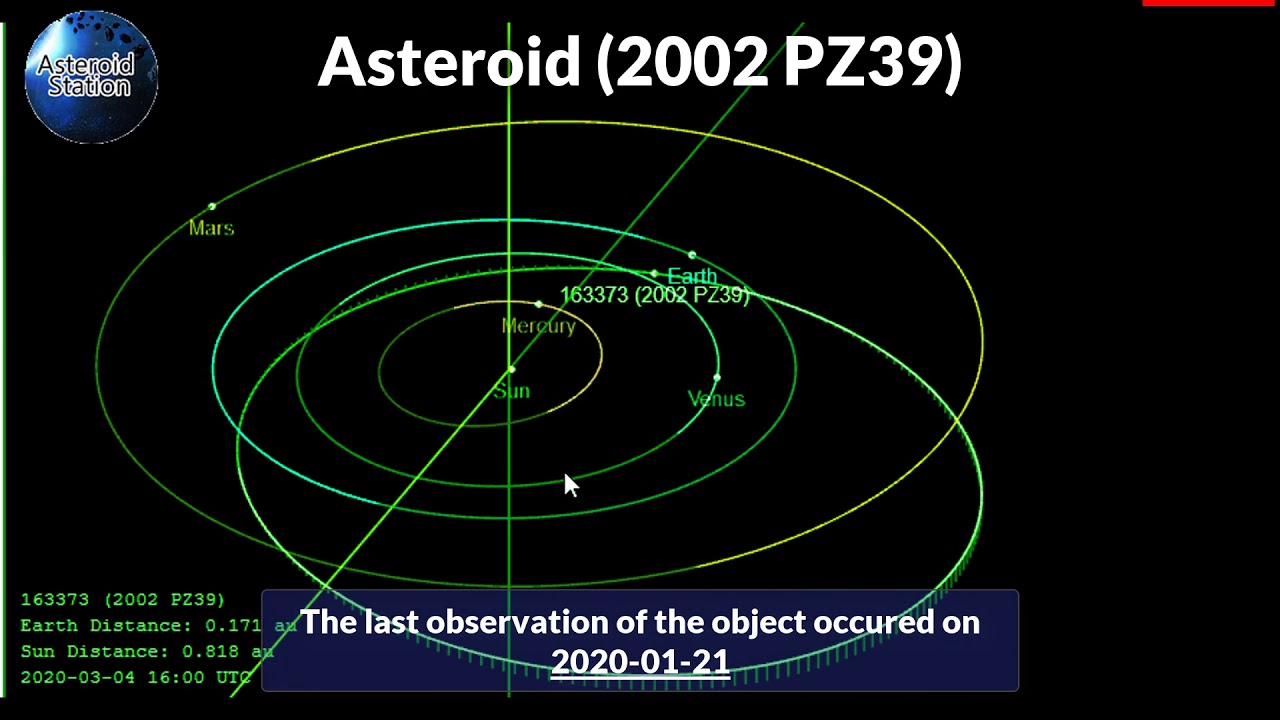The asteroid will pass within 3,590,000 miles of Earth. That's 15 times the distance from Earth to the moon, according to NASA.
It has been tracked since its discovery in August 2002 and its orbit and trajectory are well known. Observations of this particular passing began by the Arecibo Observatory in Puerto Rico on February 11 and will continue through February 17.
The Minor Planet Center has classified 2002 PZ39 as a "Potentially Hazardous Asteroid," according to NASA. That's true of any object larger than 492 feet that approaches Earth within 4.6 million miles. But based on the asteroid's trajectory, it shouldn't come any closer than expected.
A few more asteroids, within the house to airplane-sized range, will also pass by Earth on Sunday and Monday, with the closest one coming within 1.4 million miles of Earth on Monday.
Coincidentally, Saturday marks the seventh anniversary since an asteroid entered Earth's atmosphere over Chelyabinsk, Russia in 2013. It exploded in the air, releasing 20 to 30 times more energy than that of the first atomic bombs and generating brightness greater than the sun. It damaged more than 7,000 buildings and injured more than 1,000 people. The shock wave broke windows 58 miles away.
In addition to tracking Near-Earth Objects that could pose a threat, NASA and other agencies currently have missions underway to study near-Earth asteroids and potentially mitigate the danger of a collision.
Knowing the size and orbit of an asteroid is the main battle, as this enables prediction of Near-Earth Objects.

